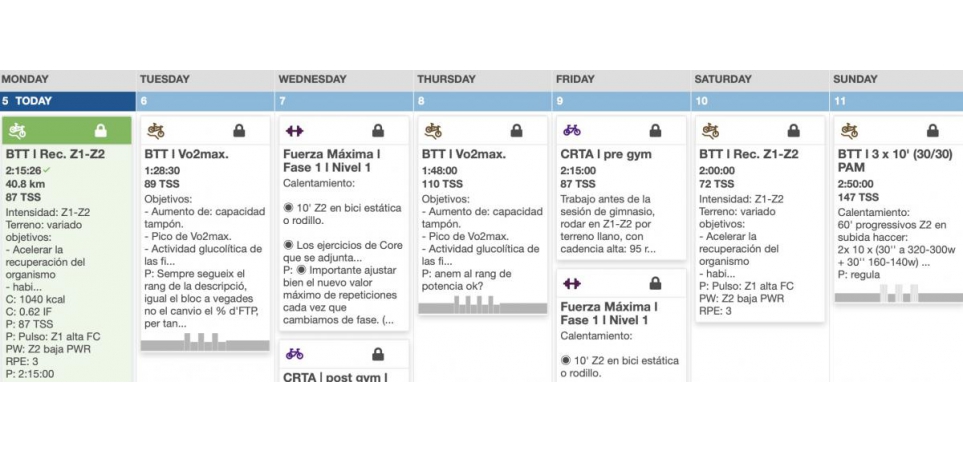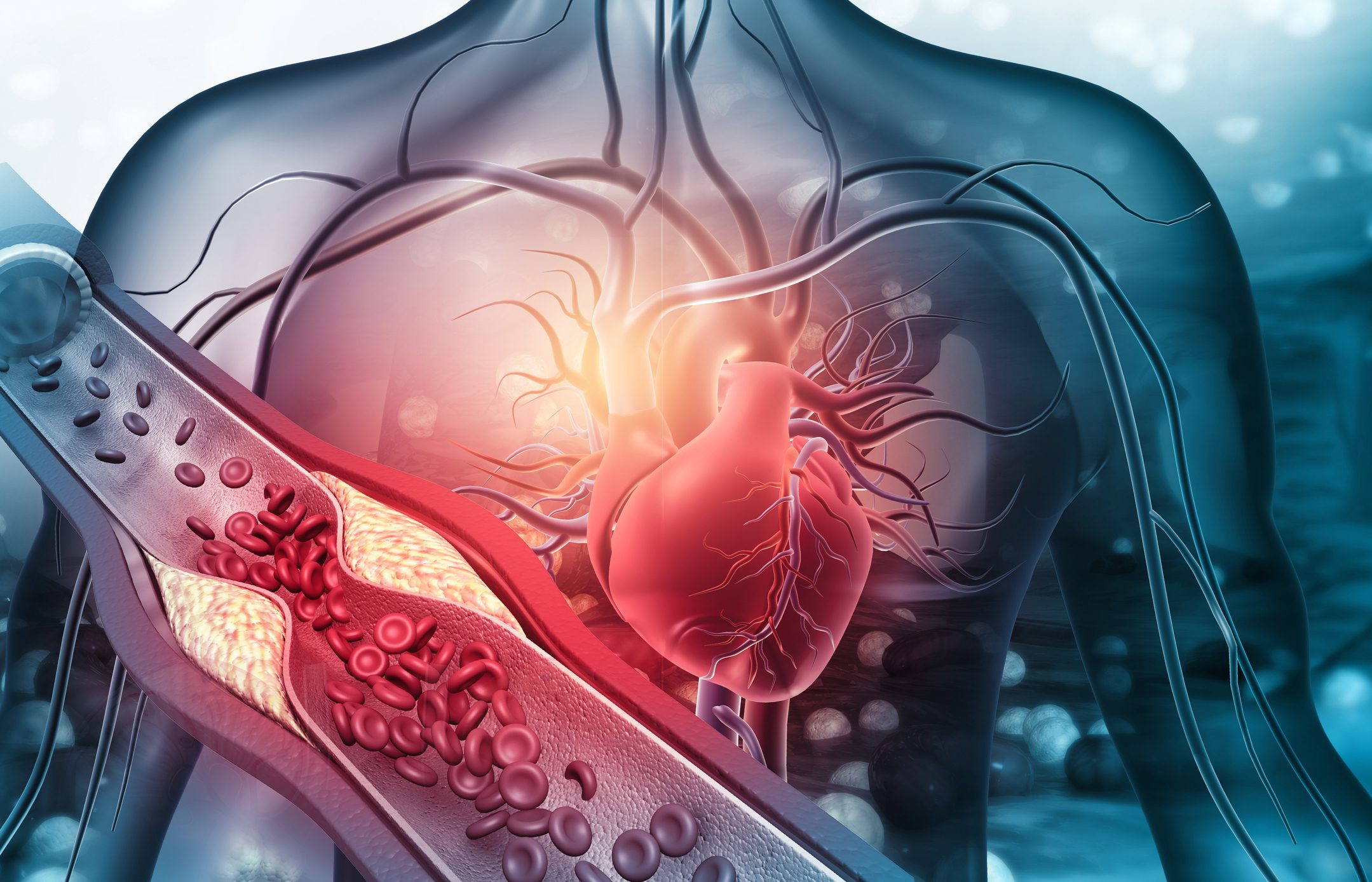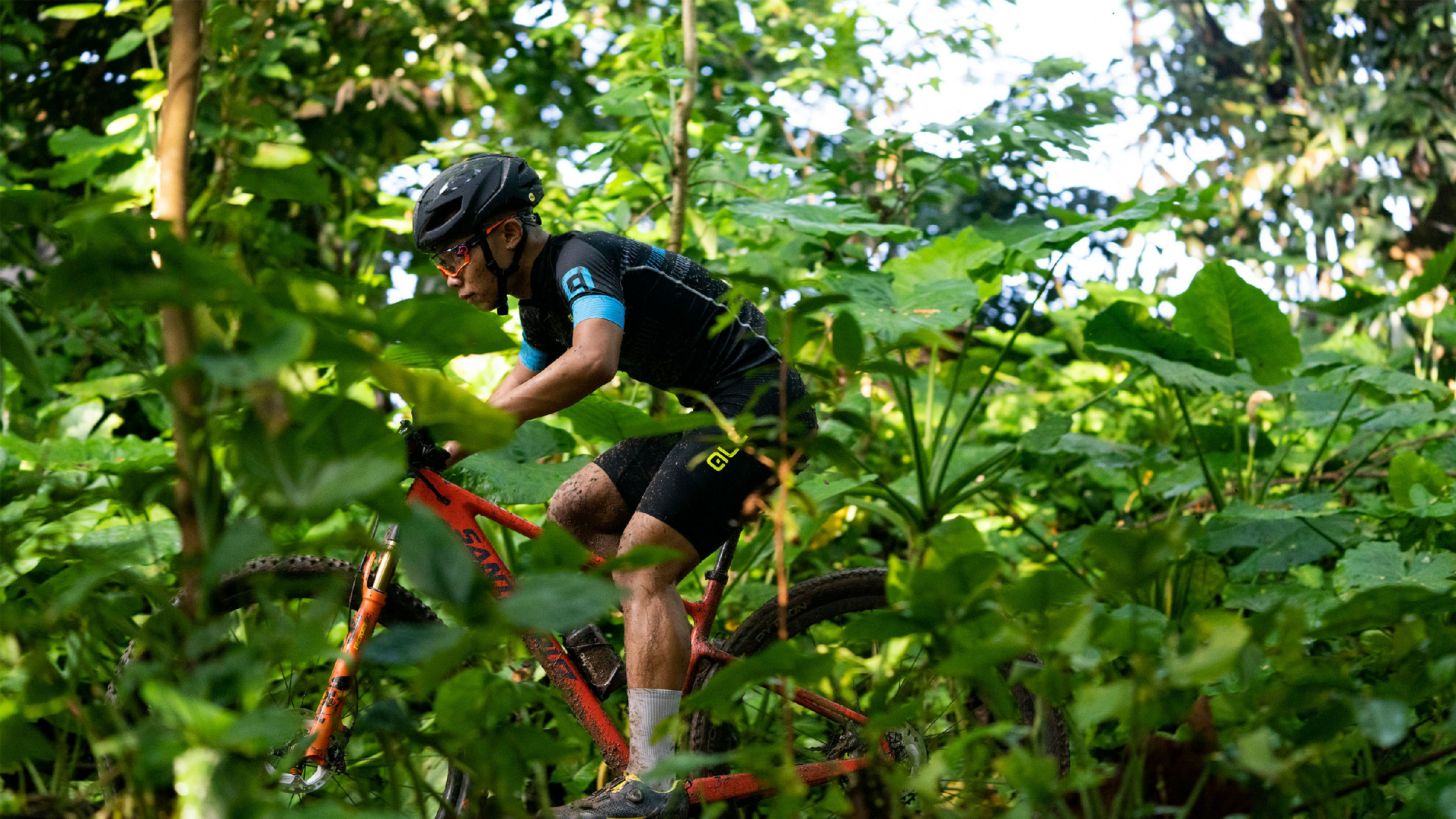
Periodization in cycling or endurance sports – concentrated loads
Going back a little in the other article that we covered a few weeks ago about periodization, now we will talk about another type of structure to reach the planned objectives in a sports season or Olympic cycle..
The classic model that we presented above is the oldest and one of the first models that appeared to periodize a sports season., but like all of them, has its limitations.
In this case we will talk about concentrated loads or periodization in blocks.
First of all, we must contextualize this model since it appears at the end of the years 80 principles (Issurin V. Et al. 1985) as an alternative to the high competitive demand at that time with many competitions during the season and the athlete's need to be able to perform as well as possible in each of them.
This type of periodization structures the mesocycles and microcycles in a way concentrated and sequential, so that one to three training contents are worked on for each of them (for example: Anaerobic lactic capacity and maximum strength) without “mixing” others within the weeks or months of work.. These jobs are carried out sequentially, during 2-4 o 6 microcycles until reaching the desired adaptations to move on to new training components.
The mesocycles and microcycles are organized in such a way that a logical order must be followed in them with the famous words of: Accumulation, Transformation and Recovery where their contents must be adjusted to each type of microcycle depending on the objective set.
It requires “little time” to bring a high-performance athlete to a good level., of 9 a 15 weeks with phases or periods of 3 a 6 weeks working on specific content as we have mentioned before.
To organize each of the components, there is a drastic increase in the loading dose of each of them, reducing the volume of training with non-specific work many times over.. That's why, In the block model there is a reduction in the total training volume of 10 a 15% in relation to the traditional model.
In this type of planning, all the training principles mentioned in the previous article are also taken into account: Overload, reversibility, individualization.
Of special interest in this model is the reversibility principle where the positive effects of training lose their effectiveness if new stimuli are not applied, but in this case since it is such a concentrated load, This residual effect of the adaptations produced by training is longer in most cases than other planning models..
He residual effect of training will be durability What adaptations have in our body. Yes, there are “theoretical” tables of how long each effect can last, but it is a very individual response to training., athlete's sporting level, years of training...
This durability will depend on the quality and physical manifestation of the stimulus applied to the athlete's body., as well as the future training that this athlete will have to endure. It must be added that those with the greatest residual effect on our body are the stimuli at the aerobic threshold (VT1), Maximum Lactate Steady State (MLSS) and Maximum Strength (F. Max.). On the contrary, Those with the least residual effect will be the Vo2max or Maximum Aerobic Power (MAP) works., Explosive force (F. Fast) and Anaerobic Alactic Power.
This residual effect in the athlete's body must be seen and controlled (post main competition, competition block… ) to start a new work cycle.
To conclude, periodization in blocks in front of a calendar with high competitive demand is a good solution to face the annual calendar of a cyclist and arrive in the majority of the main competitions in the optimal possible conditions.
Cardiovascular adaptations to resistance training
In this entry we will talk about our "engine" or our cardiovascular system, which is composed
Do we stretch? How and why?
We always recommend that our athletes stretch after training.





